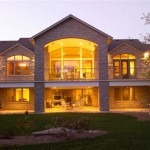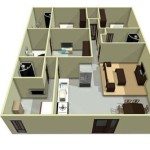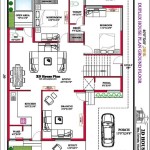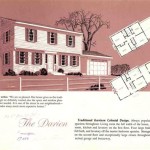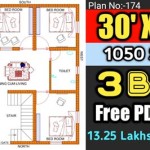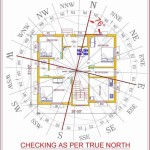Essential Aspects of House Plans for Building
Planning a dream home requires careful consideration, and house plans serve as the blueprint that guides the construction process. Understanding the essential aspects of house plans is crucial to ensure a successful and satisfactory building project. Here are key elements to consider when selecting or creating house plans for your build:
1. Floor Plan Design
The floor plan determines the overall layout and flow of your home. Consider the number of bedrooms, bathrooms, living spaces, and other rooms required. Think about the connections between rooms, traffic flow, and natural light access. A well-designed floor plan optimizes space utilization, enhances functionality, and creates a comfortable living environment.
2. Room Sizes and Dimensions
Proper room sizes are essential for comfort and livability. Determine appropriate square footage for each room, considering furniture arrangements, storage needs, and movement space. The dimensions should adhere to building codes and ensure accessibility for all users.
3. Exterior Design
The exterior design of your home plays a significant role in curb appeal and individuality. Choose a style that aligns with your personal preferences and complements the surroundings. Consider factors such as roofing materials, siding options, trim details, and window styles to create a cohesive and visually appealing exterior.
4. Structural Components
House plans must include details regarding the structural elements that support the building. This includes the foundation type, framing materials, roof design, and load-bearing walls. Ensure that the plans meet local building codes and provide the necessary strength and stability for the structure.
5. Electrical and Plumbing Systems
Electrical and plumbing systems are vital for functionality and comfort. House plans should specify the locations of outlets, switches, lighting fixtures, plumbing fixtures, and pipe routing. Proper placement and sizing of these systems ensure efficient operation and avoid costly problems during construction.
6. Energy Efficiency
In today's eco-conscious environment, energy efficiency is a crucial consideration. House plans should incorporate measures to reduce energy consumption, such as insulation, energy-efficient appliances, and solar panel integrations. By optimizing energy efficiency, you can save money on utility bills and create a more sustainable home.
7. Landscape and Outdoor Features
While not strictly part of the house plans, landscaping and outdoor features can significantly enhance the overall design. Consider the outdoor spaces desired, such as patios, decks, pools, or gardens. The integration of these elements with the house design creates a harmonious and inviting living environment.
By carefully considering these essential aspects of house plans, you can lay the foundation for a dream home that meets your specific requirements, enhances your lifestyle, and provides long-term satisfaction.

Easy To Build Houses And Floor Plans Houseplans Blog Com

Easy To Build Houses And Floor Plans Houseplans Blog Com

Easy To Build Houses And Floor Plans Houseplans Blog Com

Diffe Types Of Building Plans The Constructor

10 Things To Consider In A House Plan Ck

House Plans Home Residential

Floor Plans Types Symbols Examples

Building Plans South 3 Bedroom House Floor Plan Nethouseplansnethouseplans

A Quick Guide To Building Custom Home Modern House Plans By Mark Stewart

Diffe Types Of Building Plans The Constructor

